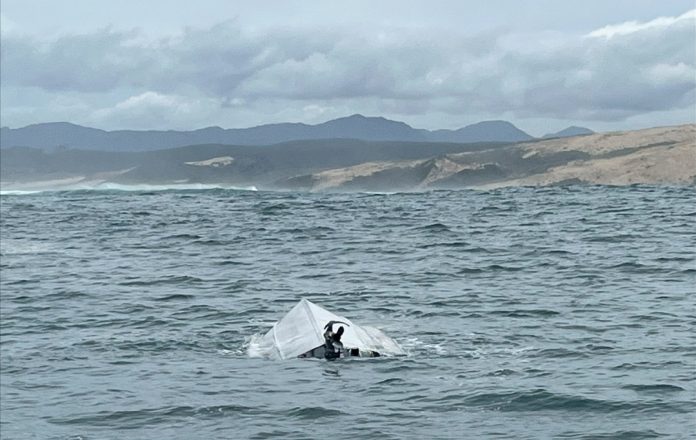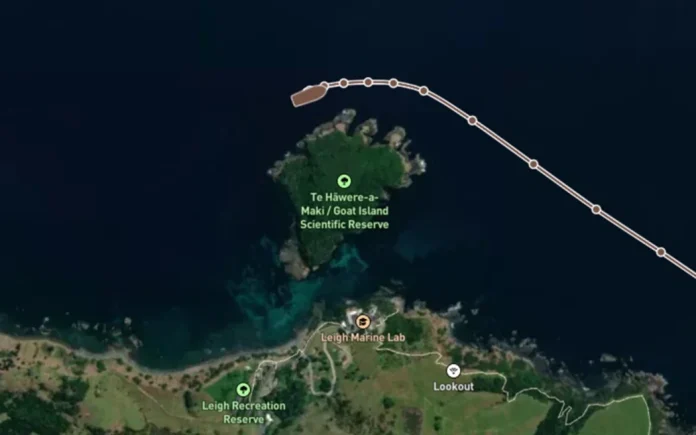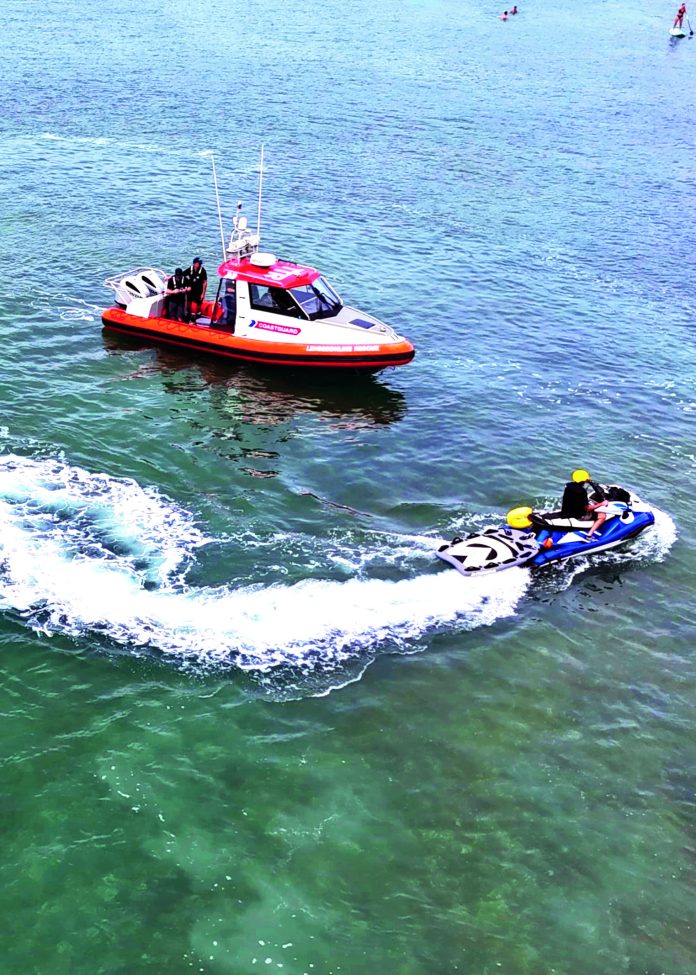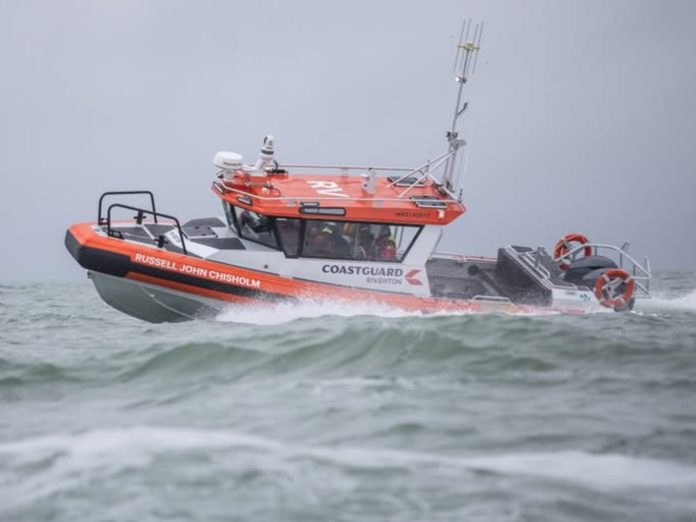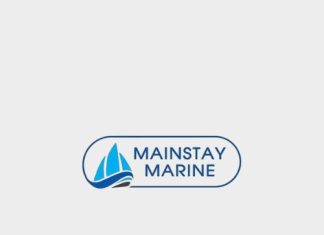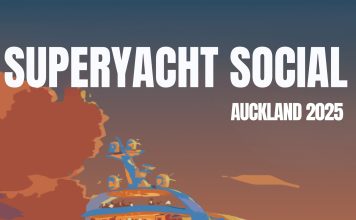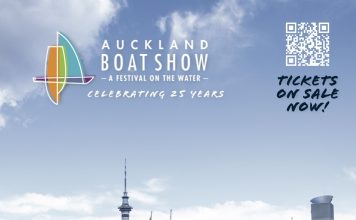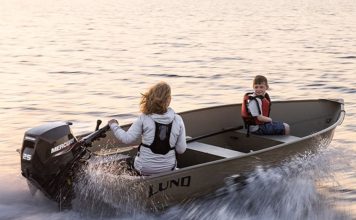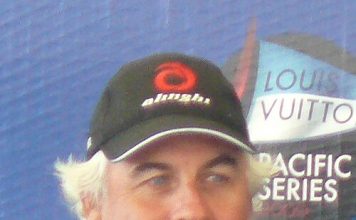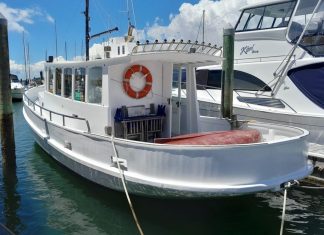The three men – a skipper and two teenagers – were heading out for a fishing trip at around 11:30 when their 6m aluminium hard-top boat was swamped by a large breaking wave. The vessel’s outboard motor flooded with seawater, stalling it and leaving the men stranded amidst the breakers.
Earlier, the skipper had wisely contacted Hokianga Coastguard Radio operator Linda Pattinson by mobile phone, reporting issues with his VHF radio and advising of their intention to cross the bar. It turned out to be a lifesaving decision. Linda and her husband John, both Coastguard volunteers, decided to head up Signal Station Rd, a vantage point overlooking the bar, to keep an eye on the crossing.
From their viewpoint, they watched in real-time as the wave hit, the boat stalled, and the men were thrown onto the deck. While the skipper contacted Coastguard for help, Linda alerted the rescue crew.
Within minutes, Coastguard Hokianga President Jeff Cramp and a team of three volunteers launched their rescue vessel from Ōpononi. Navigating breaking waves over three metres high, they reached the scene at around 12:10. By then, the boat had fully capsized, leaving the men in the water about 20 metres from the overturned hull.
The rescue wasn’t without its challenges. Cramp explained the team had to carefully position their vessel to avoid endangering themselves in the breakers. “We had to sit and watch, which was probably the hardest thing to do,” he said. “We had to watch these three getting washed by these breakers.”
Despite the grim conditions, the men’s bright yellow lifejackets made them visible in the churning water. The Coastguard crew deployed life rings for additional flotation before pulling the trio aboard in a couple of careful passes. By this point, one of the men had ingested significant salt water and was ill, but all three escaped with only minor cuts and grazes.
The team returned the men to shore, where an ambulance awaited to assess them further.
Lifejackets and communication: The lifesavers
Reflecting on the rescue, Cramp was clear about what made the difference: preparation. “If they did not have their lifejackets on, they would’ve been dead now. If they hadn’t called, they would be dead,” he said.
The lifejackets kept the men afloat through the relentless breakers, buying them the time they needed for the Coastguard to arrive. Communication also played a vital role, with the skipper’s trip report ensuring rescuers knew exactly where to look. Linda and John Pattinson’s decision to watch the crossing further shortened response time.
A Timely Reminder
The Hokianga River bar is notoriously dangerous. In 2019, a man lost his life after a similar capsize. Cramp, who has been involved in multiple bar rescues, described this incident as right on the edge of what Coastguard would consider their safety threshold.
“It was gratifying to get such a good result, but it’s a stark reminder of how risky bar crossings can be,” he said. “It’s about preparation, safety, and respecting the conditions.”
Be prepard, communicate often and early, be smart
This incident underscores the importance of taking every precaution when crossing a bar. Wearing lifejackets, communicating your plans, and knowing when to call for help can be the difference between life and death. For the three men rescued on Sunday, these measures meant they lived to tell the tale – a fortunate ending thanks to smart decisions and a heroic Coastguard effort.
As summer boating ramps up, this is a timely reminder for all Kiwis to stay safe on the water.








